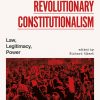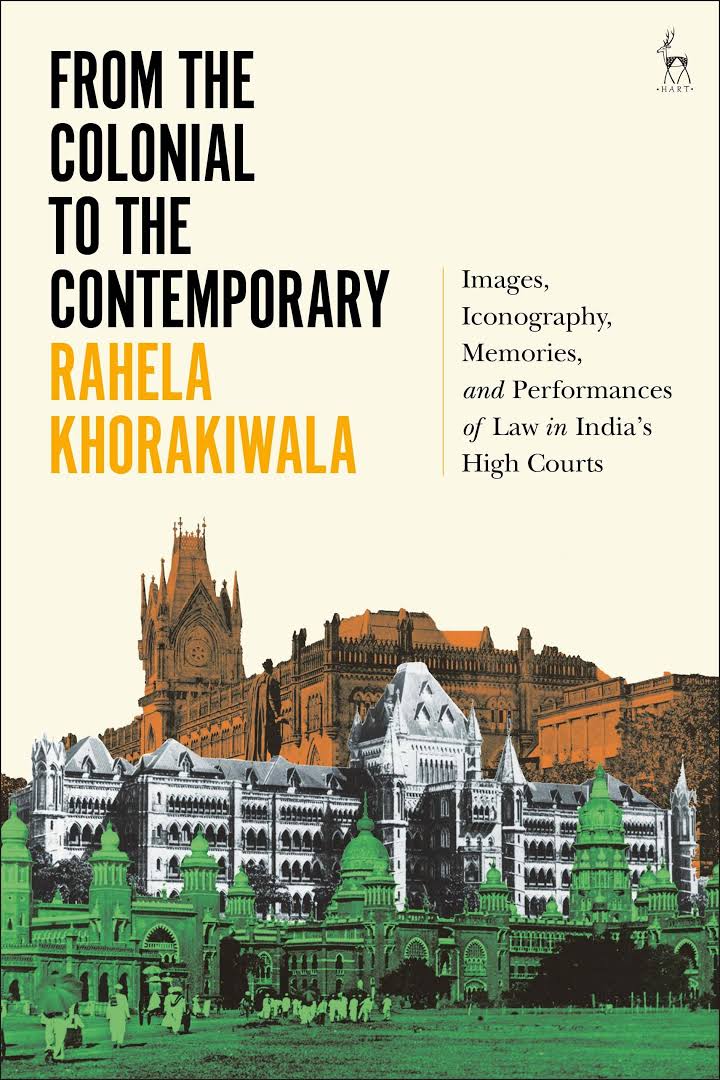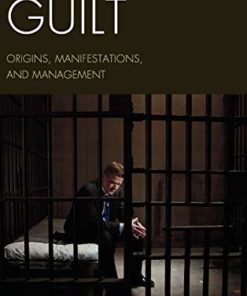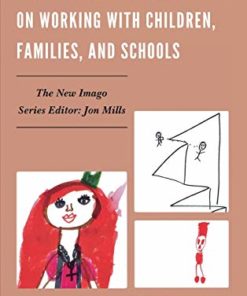From the Colonial to the Contemporary: Images, Iconography, Memories, and Performances of Law in India’s High Courts eBook
$85.20 Original price was: $85.20.$46.98Current price is: $46.98.
By: Rahela Khorakiwala
Publisher: Hart Publishing
Print ISBN: 9781509930654, 1509930655
eText ISBN: 9781509930661, 1509930663
Edition: 1st
Delivery: Can be download immediately after purchasing. For new customer, we need process for verification from 30 mins to 12 hours.
Version: PDF/EPUB. If you need EPUB and MOBI Version, please send contact us.
Compatible Devices: Can be read on any devices.
From the Colonial to the Contemporary explores the representation of law, images and justice in the first three colonial high courts of India at Calcutta, Bombay and Madras. It is based upon ethnographic research work and data collected from interviews with judges, lawyers, court staff, press reporters and other persons associated with the courts. Observing the courts through the in vivo, in trial and practice, the book asks questions at different registers, including the impact of the architecture of the courts, the contestation around the renaming of the high courts, the debate over the use of English versus regional languages, forms of addressing the court, the dress worn by different court actors, rules on photography, video recording, live telecasting of court proceedings, use of CCTV cameras and the alternatives to courtroom sketching, and the ceremony and ritual that exists in daily court proceedings. The three colonial high courts studied in this book share a recurring historical tension between the Indian and British notions of justice. This tension is apparent in the semiotics of the legal spaces of these courts and is transmitted through oral history as narrated by those interviewed. The contemporary understandings of these court personnel are therefore seen to have deep historical roots. In this context, the architecture and judicial iconography of the high courts helps to constitute, preserve and reinforce the ambivalent relationship that the court shares with its own contested image.
From the Colonial to the Contemporary Images, Iconography, Memories, and Performances of Law in India’s High Courts 1st Edition by Rahela Khorakiwala and Publisher Hart Publishing. Save up to 80% by choosing the eTextbook option for ISBN: 9781509930661, 1509930663. The print version of this textbook is ISBN: 9781509930654, 1509930655.
Be the first to review “From the Colonial to the Contemporary: Images, Iconography, Memories, and Performances of Law in India’s High Courts eBook” Cancel reply
You must be logged in to post a review.
Related products
Trending
Resource Manual for Nursing Research: Generating and Assessing Evidence for Nursing Practice eBook












Reviews
There are no reviews yet.